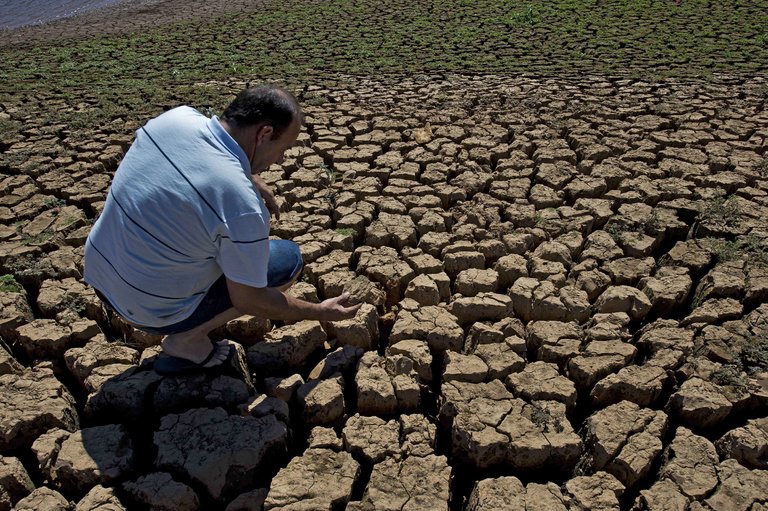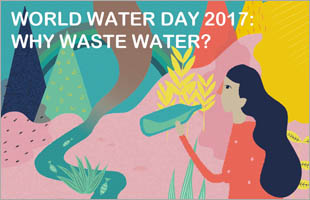The waterways of the West now exist as monuments to an ambitious desert civilization. Across this vast region of America, few, if any, rivers flow without hosting one or more dams, concrete channels, diversions or other human-made “improvements” that allow people and farming to flourish in this dry country. And few, if any, rivers reveal this unnatural world more than the Colorado, which no longer reaches the sea or carries along its entire 1,450-mile length much of the reddish silt that inspired its name.

Glen Canyon Dam on the Colorado River near Page, Ariz.
The prolific author and New Yorker contributor David Owen details what has happened to the river that once carved the Grand Canyon in his new book, a brisk and informative travelogue that wends from headwaters in the state of Colorado to where the water trickles to a halt in a riverbed cracked by the heat of the desert sun in Mexico. This is well-traveled territory, including Marc Reisner’s classic book from 1986, “Cadillac Desert,” which remains the definitive work on the West and its water woes. The problem then, as now, is people — and what we have chosen to do with the water. Read more












